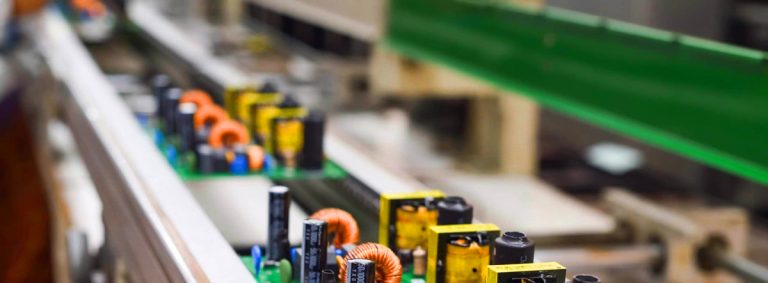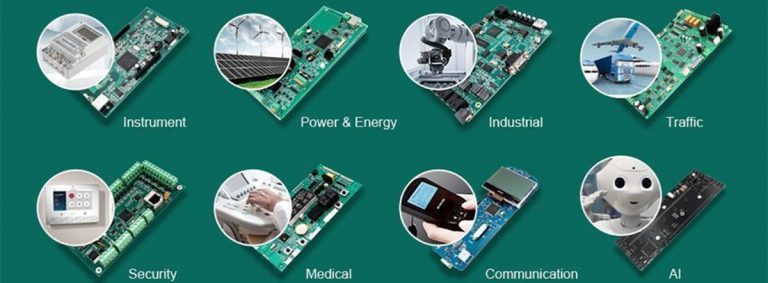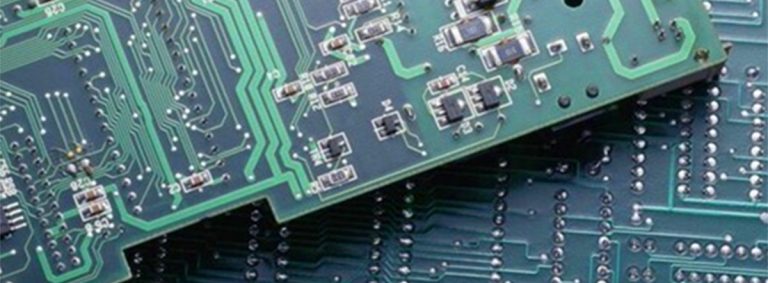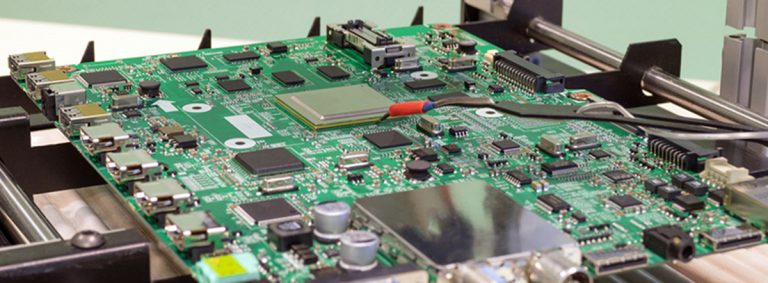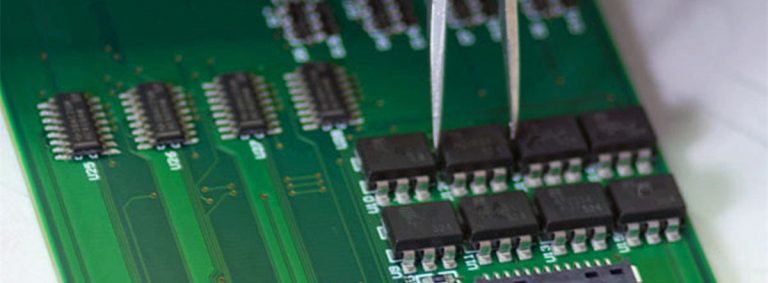Polychlorinated Biphenyls (PCBs)
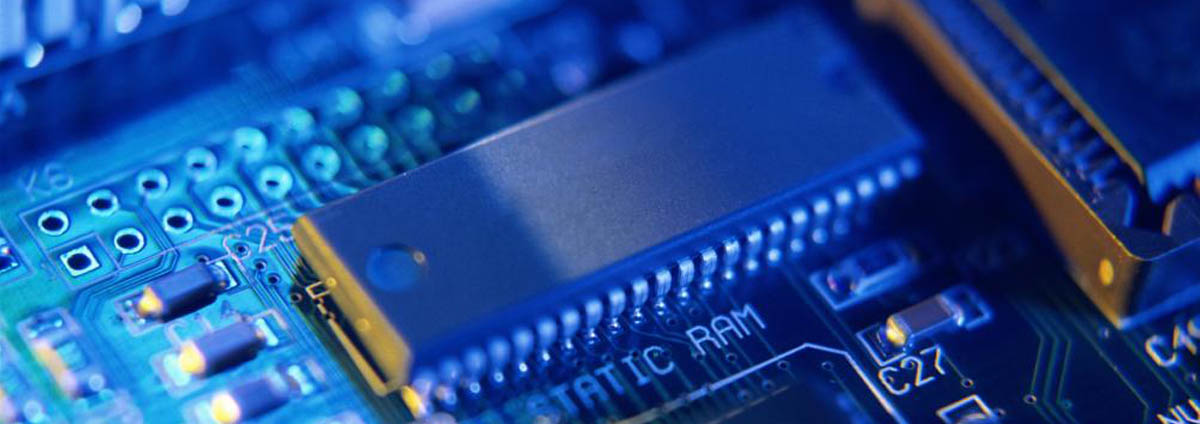 Basic Information
Basic Information
PCBs belong to a broad family of man-made organic chemicals known as chlorinated hydrocarbons. PCBs were domestically manufactured from 1929 until their manufacture was banned in 1979. They have a range of toxicity and vary in consistency from thin, light-colored liquids to yellow or black waxy solids. Due to their non-flammability, chemical stability, high boiling point, and electrical insulating properties, PCBs were used in hundreds of industrial and commercial applications including electrical, heat transfer, and hydraulic equipment; as plasticizers in paints, plastics, and rubber products; in pigments, dyes, and carbonless copy paper; and many other industrial applications.
Commercial Use of PCBs
Although no longer commercially produced in the United States, PCBs may be present in products and materials produced before the 1979 PCB ban. Products that may contain PCBs include:
- Transformers and capacitors
- Other electrical equipment including voltage regulators, switches, reclosers, bushings, and electromagnets
- Oil used in motors and hydraulic systems
- Old electrical devices or appliances containing PCB capacitors
- Fluorescent light ballasts
- Cable insulation
- Thermal insulation material including fiberglass, felt, foam, and cork
- Adhesives and tapes
- Oil-based paint
- Caulking
- Plastics
- Carbonless copy paper
- Floor finish
The PCBs used in these products were chemical mixtures made up of a variety of individual chlorinated biphenyl components, known as congeners. Most commercial PCB mixtures are known in the United States by their industrial trade names. The most common trade name is Aroclor.
Release and Exposure of PCBs
Prior to the 1979 ban, PCBs entered the environment during their manufacture and use in the United States. Today PCBs can still be released into the environment from poorly maintained hazardous waste sites that contain PCBs; illegal or improper dumping of PCB wastes; leaks or releases from electrical transformers containing PCBs; and disposal of PCB-containing consumer products into municipal or other landfills not designed to handle hazardous waste. PCBs may also be released into the environment by the burning of some wastes in municipal and industrial incinerators.
Once in the environment, PCBs do not readily break down and therefore may remain for long periods of time cycling between air, water, and soil. PCBs can be carried long distances and have been found in snow and seawater in areas far away from where they were released into the environment. As a consequence, PCBs are found all over the world. In general, the lighter the form of PCB, the further it can be transported from the source of contamination.
PCBs can accumulate in the leaves and above-ground parts of plants and food crops. They are also taken up into the bodies of small organisms and fish. As a result, people who ingest fish may be exposed to PCBs that have bioaccumulated in the fish they are ingesting.
Health Effects
PCBs have been demonstrated to cause cancer, as well as a variety of other adverse health effects on the immune system, reproductive system, nervous system, and endocrine system. See the Health Effects page for more information.

